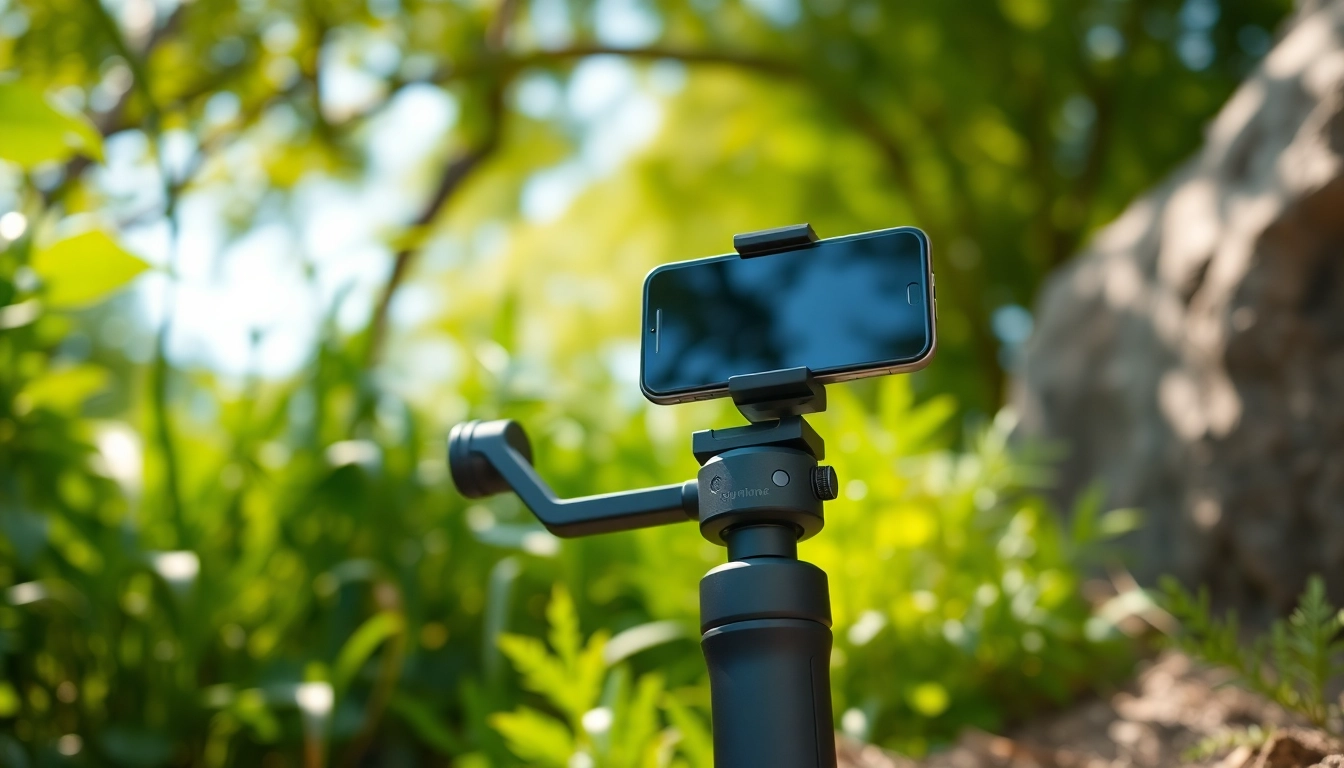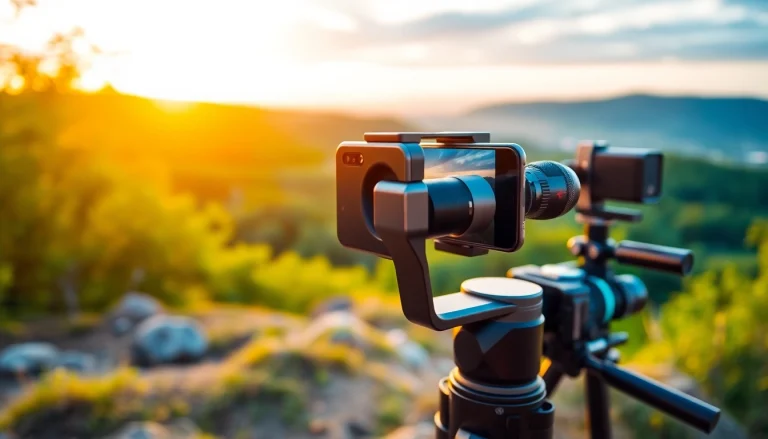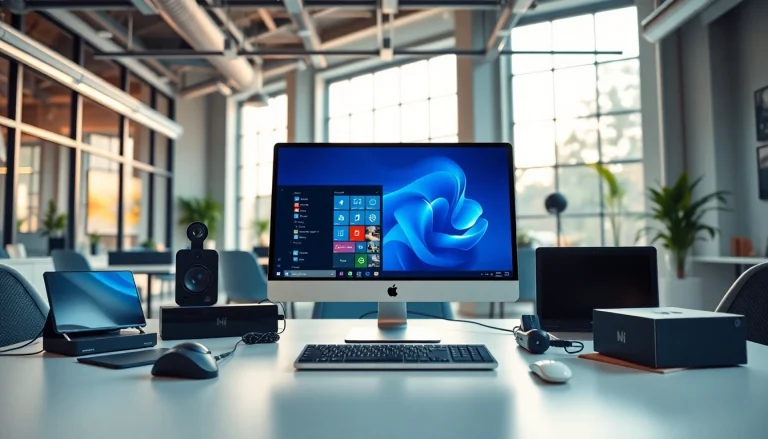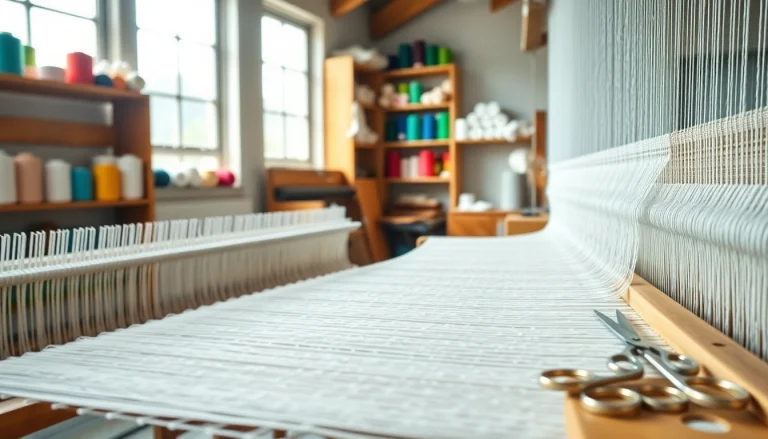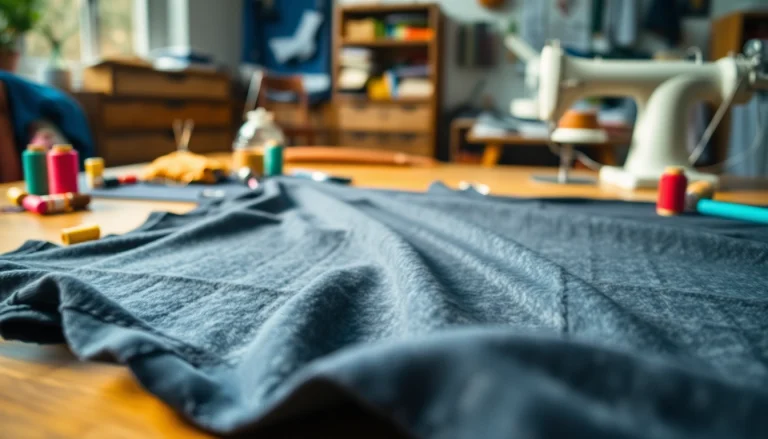Understanding the Basics of Gimbal Stabilizers
In the world of video production, achieving smooth footage is often the difference between amateur and professional-looking content. This is where the gimbal stabilizer comes into play. A gimbal stabilizer is an essential tool for filmmakers and content creators who want to enhance their videos by eliminating unwanted camera shakes and vibrations. But what exactly is a gimbal stabilizer, how does it work, and what are its applications? Let’s delve into these important topics.
What is a Gimbal Stabilizer?
A gimbal stabilizer is a pivoted support that allows the rotation of an object about a single axis. Gimbals are often used to stabilize video cameras, ensuring that the captured footage is smooth, regardless of the movement of the operator. Modern gimbal stabilizers come equipped with advanced motors and sensors which detect and correct for movement along multiple axes. This stabilization technology is crucial when filming in dynamic environments, where camera shakes are inevitable.
How Gimbal Stabilizers Work
At the core of a gimbal stabilizer’s functionality are accelerometers and gyroscopes, which monitor the position and orientation of the camera in real-time. When the camera moves unexpectedly, the gimbal’s motors react almost instantly to counteract that motion. Most consumer gimbals provide stabilization along three axes: pitch, roll, and yaw. Pitch refers to the up-and-down tilt of the camera, roll is the sideways tilt, while yaw controls the left-right rotation. Together, these components enable smooth footage even when the operator is in motion.
Common Applications for Gimbal Stabilizers
Gimbal stabilizers are utilized across various fields, from indie filmmaking to commercial advertising. For instance, they are widely used in:
- Documentary Filmmaking: In unpredictable environments, gimbals ensure that footage remains steady.
- Wedding Videography: Capture every precious moment without the jitters of handheld filming.
- Travel Vlogging: Smooth out the bumps experienced while on the move.
- Aerial Filming: Used with drones to stabilize wide shots from above.
Types of Gimbal Stabilizers Available
Understanding the types of gimbal stabilizers available in the market will not only help you choose the right one but will also maximize your filming experience.
2-Axis vs. 3-Axis Gimbal Stabilizers
Gimbals come in various configurations, mainly 2-axis and 3-axis models. A 2-axis gimbal stabilizer corrects for pitch and roll but lacks yaw stabilization, which means it can still allow some lateral movement. These are generally more affordable and lighter, making them suitable for smartphone users and lightweight cameras. On the other hand, 3-axis gimbal stabilizers offer full stabilization, ensuring your footage remains smooth regardless of how the camera tilts, rolls, or rotates. While they tend to be pricier and more complex, they are the go-to choice for professional videography.
Gimbal Stabilizers for Different Types of Cameras
The choice of gimbal stabilizer can also depend on the type of camera being used. Options include:
- Smartphone Gimbals: Compact and portable, these gimbals are designed specifically for smartphone cameras.
- DSLR Gimbals: These offer higher weight capacities and advanced features for professional video cameras.
- Mirrorless Gimbals: Designed for lightweight mirrorless cameras, balancing ease of use with high-quality output.
Choosing the Right Gimbal Stabilizer for Your Needs
When selecting a gimbal stabilizer, consider factors like weight capacity, compatibility with your camera, battery life, and additional features like smartphone connectivity. If you’re a novice, look for models that are easy to set up and operate. Advanced users may prefer gimbals with customizable settings and more robust control options.
Setting Up Your Gimbal Stabilizer
Getting your gimbal stabilizer set up correctly is key to achieving smooth shots. Here’s a comprehensive guide for beginners.
Step-by-Step Setup for Beginners
1. Unbox and check components: Ensure all parts are included, including the stabilizer, battery, and mounting plate.
2. Attach the camera: Secure your camera to the gimbal’s mounting plate. Pay attention to balance; this is crucial for effective stabilization.
3. Power on the gimbal: Once attached, turn on the gimbal to initiate the stabilizing functions.
4. Test for balance: Make adjustments as necessary. The camera should remain steady without any motor strain.
Calibration and Balancing Techniques
Correct calibration is essential for flawless performance. Here are some techniques:
- Use the tilt adjustment: This allows the camera to point straight ahead when not in movement.
- Check the roll axis: Adjust to ensure the camera doesn’t tilt to one side.
- Test your setup: Perform a few test shots while making adjustments to ensure stability.
Exploring Advanced Settings and Features
Many modern gimbal stabilizers come with advanced features such as follow modes, object tracking, and timelapse functionalities. Explore these settings for greater creative control. Familiarize yourself with app functionalities which can offer additional guidance and features tailored to specific filming scenarios.
Filming Techniques Using a Gimbal Stabilizer
Filming with a gimbal stabilizer opens up a range of dynamic techniques that can enhance your video projects tremendously.
Dynamic Motion Shots with a Gimbal Stabilizer
Using a gimbal stabilizer provides the ability to create unique motion shots, including tracking shots, where the camera follows a subject while moving. To execute this effectively:
- Plan your movements: Know your shot beforehand to ensure fluid transitions.
- Utilize the walking technique: Move smoothly and evenly to help maintain stabilization.
- Practice different angles: Experiment with low and high angles to add depth to your shots.
Creating Professional-Looking Videos
In addition to stabilization, pay attention to composition, lighting, and sound design. Use tools such as markers to plan composition or follow the rule of thirds. Incorporating good lighting techniques can drastically enhance the visual appeal of your videos. When integrating sound, consider adding background music or voiceovers for a professional finish.
Common Mistakes to Avoid with Gimbal Stabilizers
Even experienced users can fall into common traps. Here are pitfalls to avoid:
- Not balancing properly: Ensure your camera is balanced on the gimbal to avoid strain on the motors.
- Ignoring battery life: Always check your gimbal’s battery before shooting to avoid interruptions.
- Overthinking movements: Fluid, natural movements often yield the best results instead of overly mechanical ones.
Maintaining and Caring for Your Gimbal Stabilizer
Just like any other piece of equipment, your gimbal stabilizer requires proper maintenance to function effectively over time.
Regular Maintenance Tips
To keep your gimbal in optimal shape:
- Clean the gimbal regularly to prevent dust buildup that can affect the motor.
- Check the firmware periodically for updates that enhance performance.
- Store in a protective case when not in use to avoid physical damage.
Storage Best Practices for Longevity
Store your gimbal in a cool, dry place away from direct sunlight. If storing for an extended time, consider removing the battery and keeping it in a separate location to prevent corrosion.
Common Issues and Troubleshooting with Gimbal Stabilizers
Every user may encounter issues with their gimbal stabilizer. Here are common problems and their solutions:
- Camera is tilting: Check the balance and make necessary adjustments.
- Poor battery life: Inspect the battery for damage or consider replacing it if it frequently drains quickly.
- Software glitches: Restart the gimbal or update the firmware to avoid performance issues.
In summary, mastering the use of a gimbal stabilizer can dramatically elevate your video projects. From understanding the basics to addressing maintenance issues, this comprehensive guide provides the tools and knowledge necessary for achieving cinematic excellence in your films.
